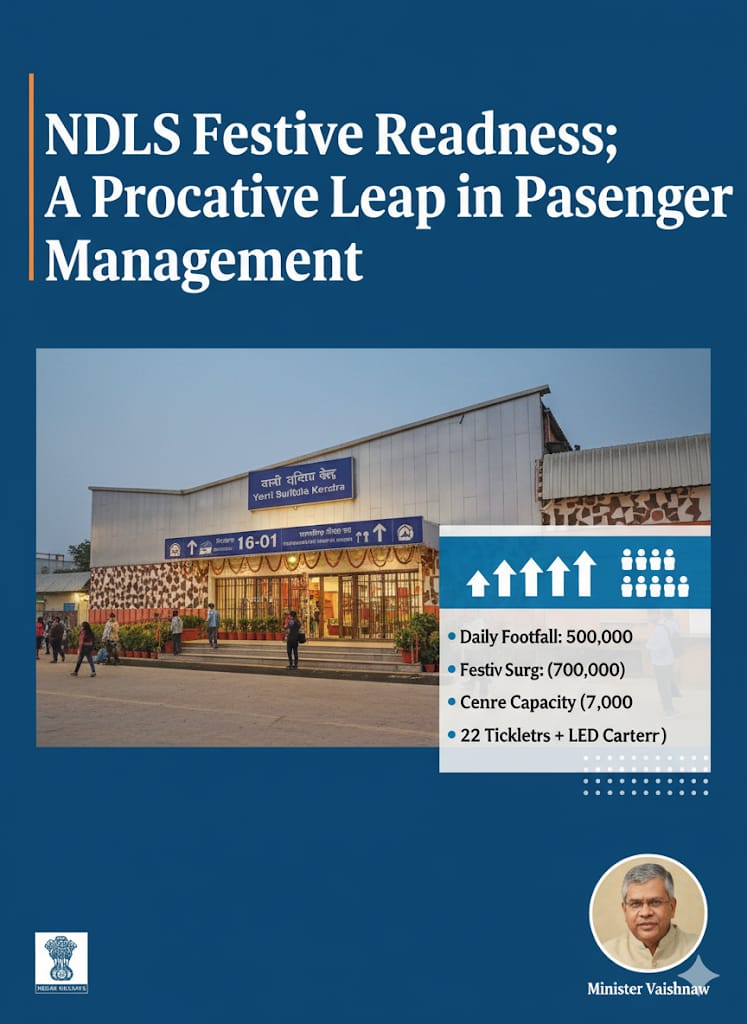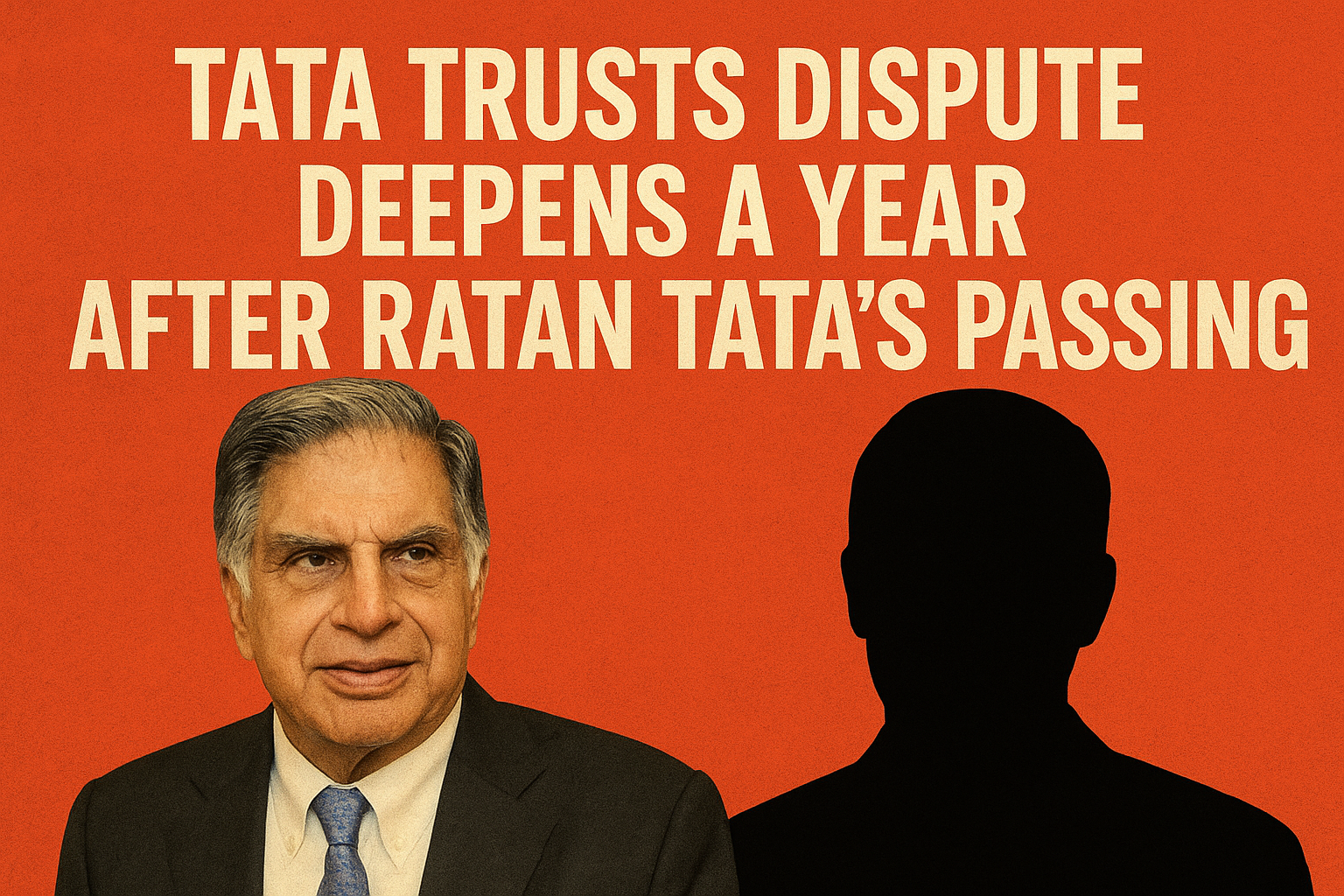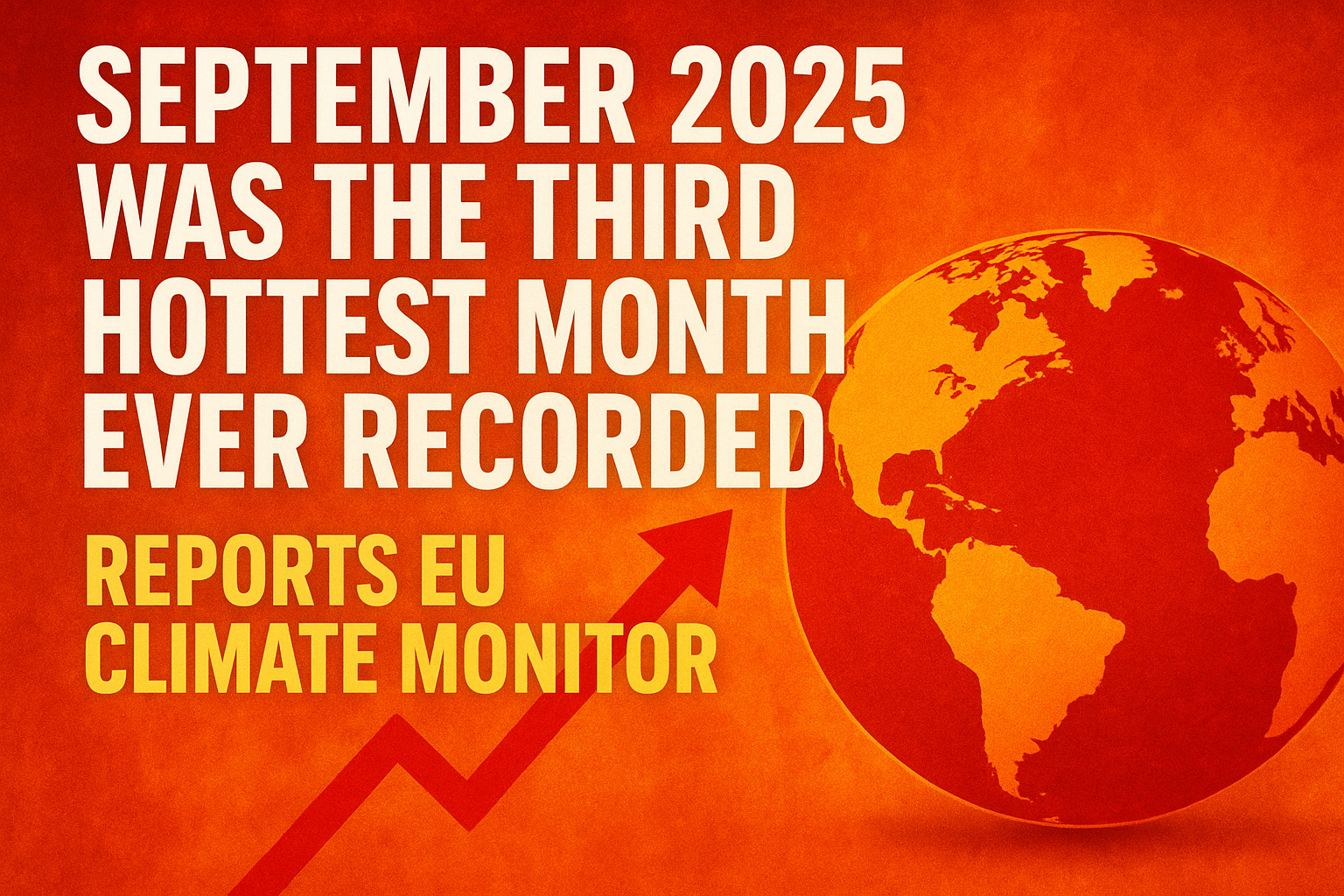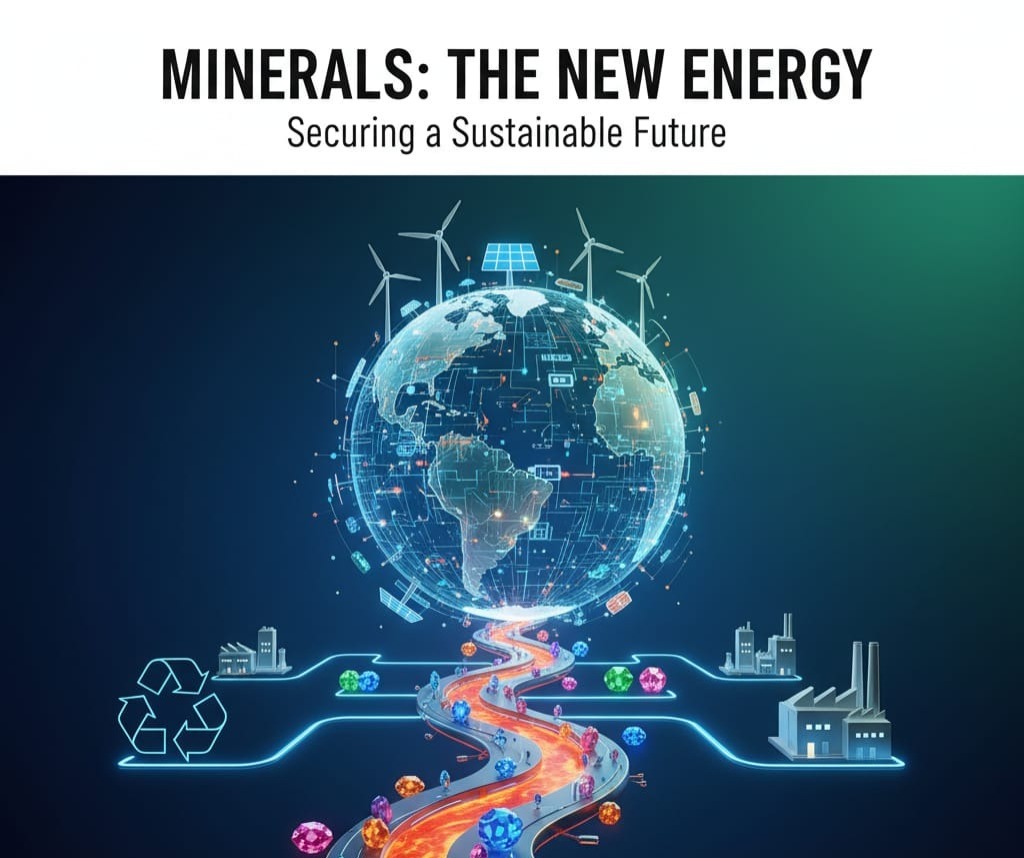
The global pivot toward a net zero future, powered by clean energy technologies, has inadvertently spotlighted a new geopolitical fault line: critical minerals. These elements such as lithium, cobalt, nickel, graphite, and rare earth elements are the indispensable catalysts of the energy transition, forming the backbone of electric vehicle batteries, wind turbines, and solar panels. Yet, as the accompanying analysis rightly asserts, the world cannot afford to let the critical minerals sector follow the fraught path of the traditional oil market. The transition from a fossil fuel based economy to a mineral-intensive one demands not just a change in energy source, but a fundamental redesign of resource governance, supply chains, and material usage.
The core challenge is a dangerous concentration in the supply chain. While deposits may be widespread, the complex, capital intensive, and often environmentally taxing processes of refining and processing are overwhelmingly dominated by a handful of nations. This geological and industrial concentration creates a chokepoint, rendering global supply chains acutely vulnerable to geopolitical tensions, trade restrictions, and resource nationalism. For importing nations, dependence on a limited set of suppliers for materials essential to their national and economic security is a precarious state, effectively trading one form of energy dependence for another.
To successfully navigate this intricate landscape, the global approach to critical minerals must transcend the traditional extractive model, focusing on three interwoven pillars: diversification, transparency, and a radical commitment to the circular economy.
Diversification: Decoupling Risk from Resource
Supply chain security hinges on diversification. This involves far more than simply finding new mining sites; it requires a systematic strategy to build resilient processing and refining capacity across a broader geographic area. Nations must support investment in domestic exploration and processing capabilities, particularly for materials with high economic vulnerability. Crucially, this requires fostering genuine, equitable international partnerships with resource rich developing nations. These alliances must move beyond mere extraction agreements toward mutually beneficial joint ventures that include technology transfer, local value addition, and environmental stewardship, thereby empowering producer countries to capture a greater share of the value chain and foster long term stability.
Transparency and Governance: Elevating Ethical Sourcing
The quest for critical minerals must not overlook the ethical and environmental costs. Reports of child labor, poor working conditions, and significant ecological damage in certain mining regions necessitate a global commitment to responsible sourcing. Transparency must be championed throughout the value chain, from mine to market. Implementing robust traceability mechanisms, possibly leveraging technologies like blockchain, and establishing internationally agreed upon environmental, social, and governance (ESG) standards are non negotiable. By making supply chains auditable and accountable, the global community can mitigate the risks of conflict minerals and ensure the energy transition is inherently just.
The Circular Economy: From Linear to Loop
Perhaps the most transformative shift is the adoption of a fully circular economy for critical minerals. The current linear 'take, make, dispose' model is unsustainable in the face of escalating demand and finite resources. A circular approach provides a powerful antidote to both supply risk and environmental degradation.
This paradigm shift begins at the product design phase. Engineers must be incentivized to develop clean technologies that use fewer critical minerals, favor readily available substitutes, and are specifically designed for disassembly, repair, and recycling. Innovations in battery chemistry that reduce or eliminate reliance on highly concentrated minerals like cobalt are crucial.
Furthermore, scaling up recycling infrastructure is paramount. "Urban mining"—the recovery of critical materials from end of life products, such as batteries and electronics—represents a vast, untapped domestic resource for many nations. Robust policy frameworks, including mandatory collection targets and extended producer responsibility (EPR) schemes, are necessary to ensure that materials are efficiently captured and reprocessed, keeping these valuable elements circulating within the economy for as long as possible.
The transition to a clean energy system is a global imperative, but its success will be measured not just by the speed of decarbonization, but by the resilience, equity, and sustainability of its foundational supply chains. By embracing diversification, demanding stringent governance, and fundamentally committing to the circular economy, the world can ensure that critical minerals become the engine of a secure and sustainable future, rather than the choke point of a new resource conflict. The opportunity is not just to change the fuel, but to change the entire system.



.jpeg)
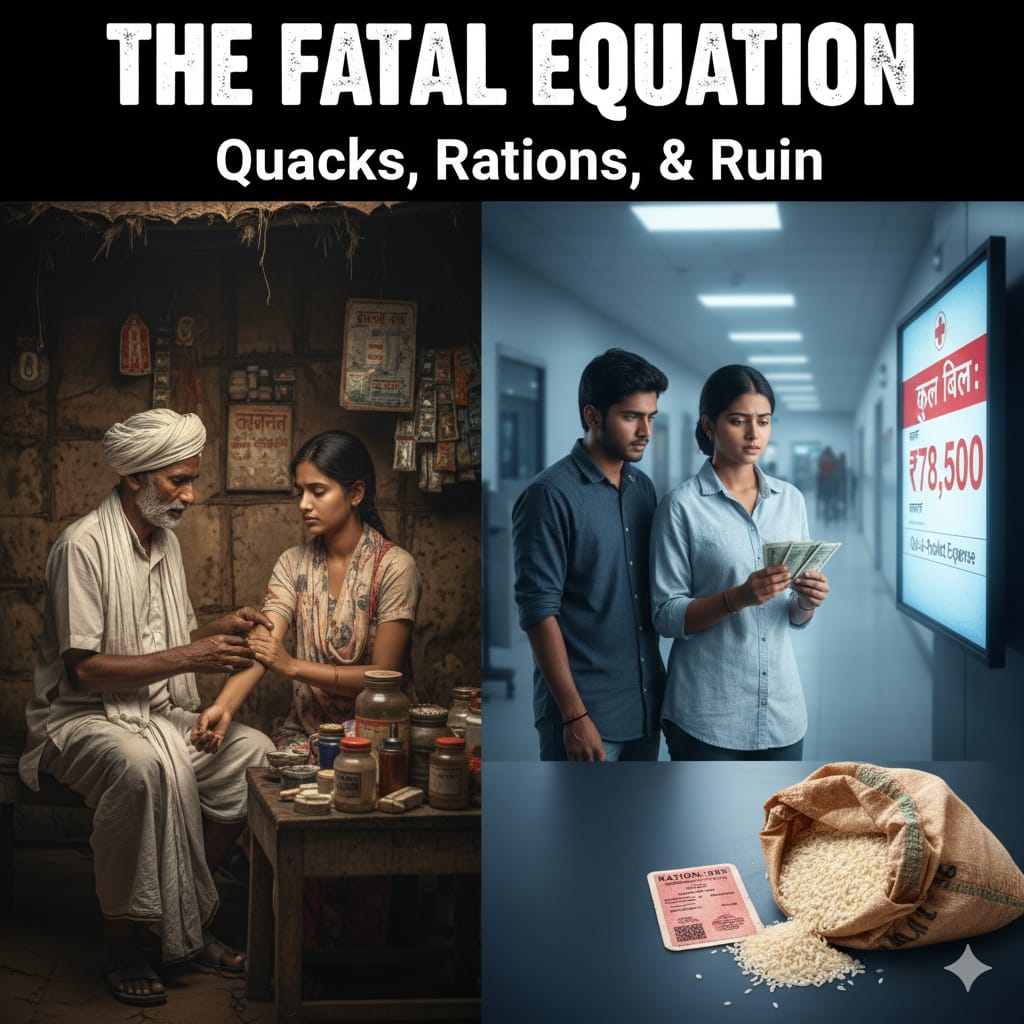

.jpeg)

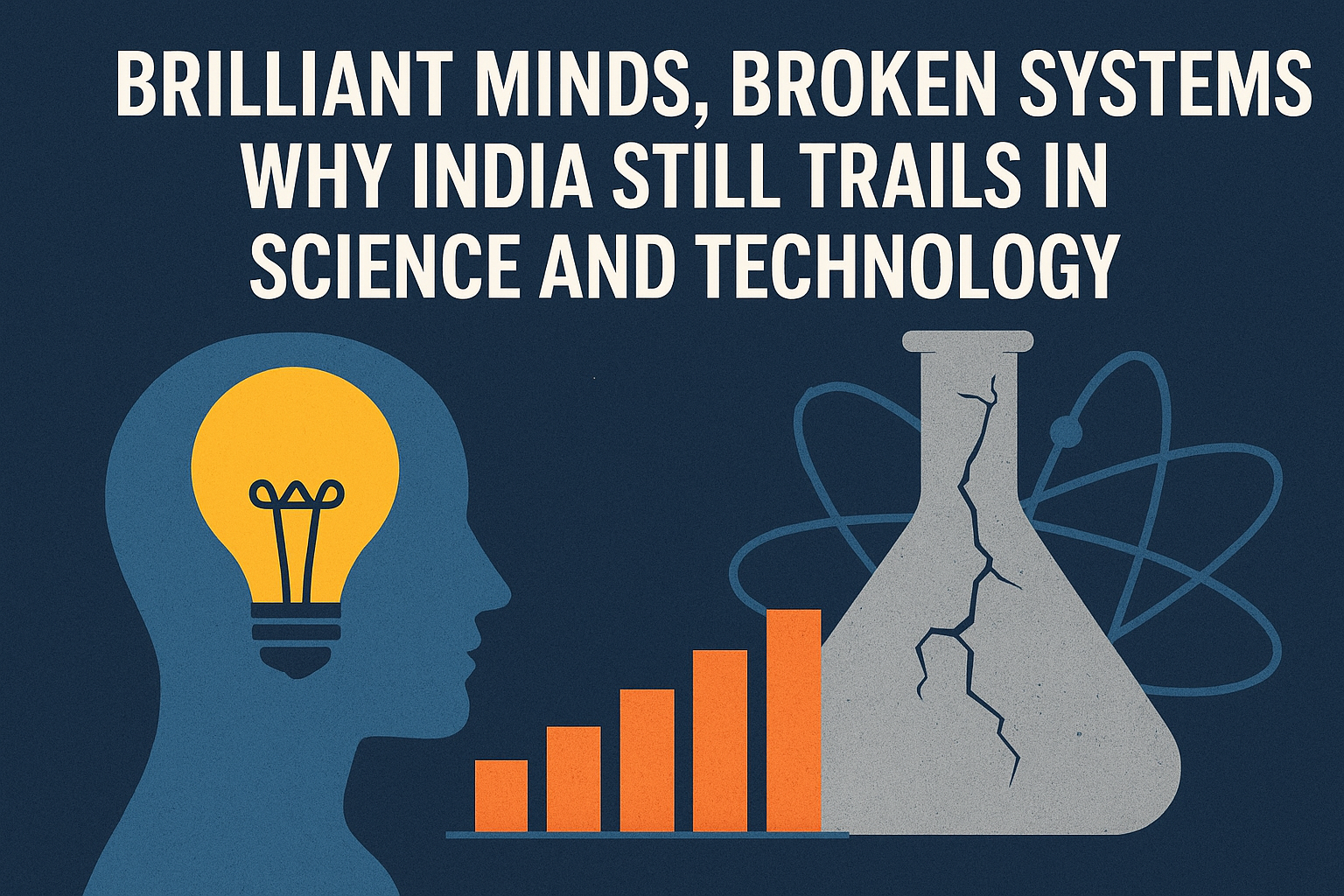

.jpeg)
